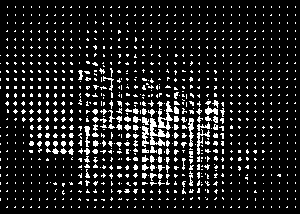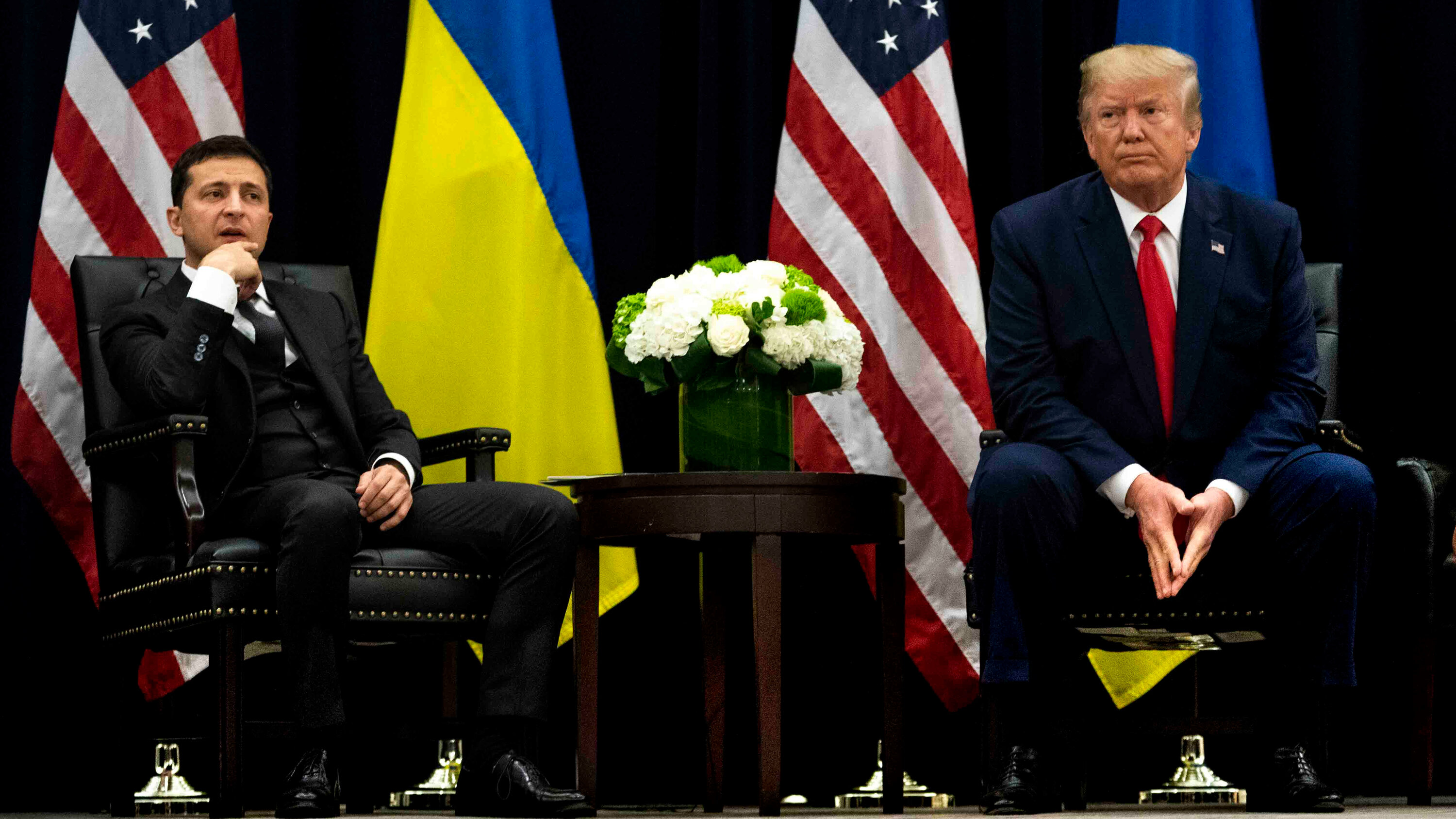Professorship In Fine Arts: Exploring Spatial Concepts

Table of Contents
The Pedagogical Aspects of Spatial Concepts in Fine Arts Education
A professorship in Fine Arts necessitates effective teaching methodologies for conveying complex spatial concepts. Successfully imparting knowledge of spatial relationships is crucial for nurturing the next generation of artists.
Teaching Students to Understand Spatial Relationships
Effective instruction involves a multi-faceted approach:
- Perspective Drawing: Mastering linear perspective and other drawing techniques is fundamental to understanding three-dimensional representation.
- Model Making: Building physical models allows students to actively engage with spatial relationships, manipulating form and volume.
- Site-Specific Installations: Working on site-specific projects teaches students to respond to and integrate their art with existing spaces, emphasizing environmental art.
- Virtual Reality (VR) Applications: VR technology provides innovative tools for exploring and manipulating three-dimensional space, expanding possibilities in spatial design.
Instructors should bridge the gap between theoretical understanding and practical application by assigning projects that challenge students to translate spatial theories into tangible artwork. This could involve creating installations, designing environments, or developing interactive experiences. Assessment should incorporate a holistic evaluation of student projects, considering both technical skill and conceptual understanding of spatial relationships in their three-dimensional art.
Integrating History and Theory of Spatial Art
Understanding the historical evolution of spatial concepts is essential. A comprehensive art pedagogy includes:
- Cubism and Surrealism: These movements dramatically altered the perception of space, challenging traditional perspective and exploring subjective experience.
- Minimalism and Land Art: These contrasting styles explored the relationship between art and its environment, highlighting the significance of site and context in spatial art.
- Phenomenology and Semiotics: These theoretical frameworks offer valuable tools for analyzing how space is perceived and interpreted in art.
Critical analysis is key. Students must learn to analyze artworks through the lens of spatial theory, examining how artists manipulate perspective, scale, and the viewer's experience to create meaning. This understanding is fundamental to developing their own unique approach to spatial design within their creative practice.
Contemporary Artistic Practices and Spatial Exploration
Contemporary art significantly expands on the understanding and application of spatial concepts. A professorship in Fine Arts should expose students to the forefront of these advancements.
Installation Art and Environmental Art
Installation art and environmental art prioritize the interaction between artwork and space.
- Examples: Consider the immersive installations of Yayoi Kusama or the land art of Robert Smithson. Analyzing these pieces reveals the artist's mastery of spatial manipulation.
- Challenges and Opportunities: Site-specific installations present unique challenges, requiring artists to adapt their work to the existing architecture, landscape, and social context. They simultaneously provide opportunities to create deeply engaging and site-responsive artworks.
- Shaping Viewer Experience: The artist's role extends beyond creation; they carefully orchestrate the viewer's journey through the space, influencing their perception and interpretation of the artwork.
Digital and Immersive Spatial Practices
Technology is revolutionizing spatial art.
- VR, AR, and 3D Modeling: These technologies allow artists to create complex and interactive environments that challenge traditional notions of space and scale.
- Emerging Trends: Interactive installations, immersive experiences, and data-driven art are pushing the boundaries of spatial art.
- Ethical Considerations: The use of technology raises ethical questions about the manipulation of spatial perception and the potential for creating biased or exclusionary experiences.
Research and Scholarship in Spatial Art within a Professorship
A professorship in Fine Arts offers ample opportunities for research and scholarly contributions related to spatial concepts.
Opportunities for Research and Publication
Professors can engage in diverse research areas:
- Impact of Spatial Design on Emotional Response: Investigating how spatial arrangements influence the viewer's feelings and interpretations.
- Role of Technology in Immersive Experiences: Exploring the creative possibilities and limitations of digital technologies in generating immersive installations.
- Social and Political Implications of Spatial Art: Analyzing how spatial art can address social and political issues.
Research findings can be disseminated through various channels: academic journals, conference presentations, exhibition catalogs, and online platforms.
Mentoring and Supervising Student Research
A crucial aspect of a professorship in Fine Arts involves guiding student research:
- Project Guidance: Professors provide mentorship and support, helping students formulate research questions, develop methodologies, and analyze their findings.
- Feedback and Support: Constructive feedback is essential to ensure students produce high-quality research.
Conclusion: The Enduring Significance of Spatial Concepts in a Professorship in Fine Arts
Understanding spatial concepts is paramount for both teaching and research within a fine arts professorship. The diverse range of artistic practices—from traditional painting to cutting-edge digital installations—demonstrates the enduring relevance of spatial considerations. Deepen your understanding of spatial concepts by researching specific artists, movements, or theories discussed in this article. Advance your career in fine arts education by embracing the opportunities presented by exploring spatial design within your teaching and research. Explore a professorship in Fine Arts focused on spatial design—the field continues to evolve, offering exciting possibilities for future generations of artists and scholars. The ongoing relevance and evolution of spatial concepts in the field of fine arts are undeniable, and a strong foundation in this area is vital for success in a professorship.

Featured Posts
-
 How Trump Changed The Western Response To The Ukraine Crisis
May 13, 2025
How Trump Changed The Western Response To The Ukraine Crisis
May 13, 2025 -
 Gaza Hostage Situation A Continuing Nightmare For Families
May 13, 2025
Gaza Hostage Situation A Continuing Nightmare For Families
May 13, 2025 -
 Liga Italia Prediksi Atalanta Vs Venezia Susunan Pemain Statistik Pertandingan And Rekor Pertemuan
May 13, 2025
Liga Italia Prediksi Atalanta Vs Venezia Susunan Pemain Statistik Pertandingan And Rekor Pertemuan
May 13, 2025 -
 Get Ready For Doom The Dark Ages Early Access Date And Preload Details
May 13, 2025
Get Ready For Doom The Dark Ages Early Access Date And Preload Details
May 13, 2025 -
 Remembering Our Lost Recent Local Obituaries
May 13, 2025
Remembering Our Lost Recent Local Obituaries
May 13, 2025
